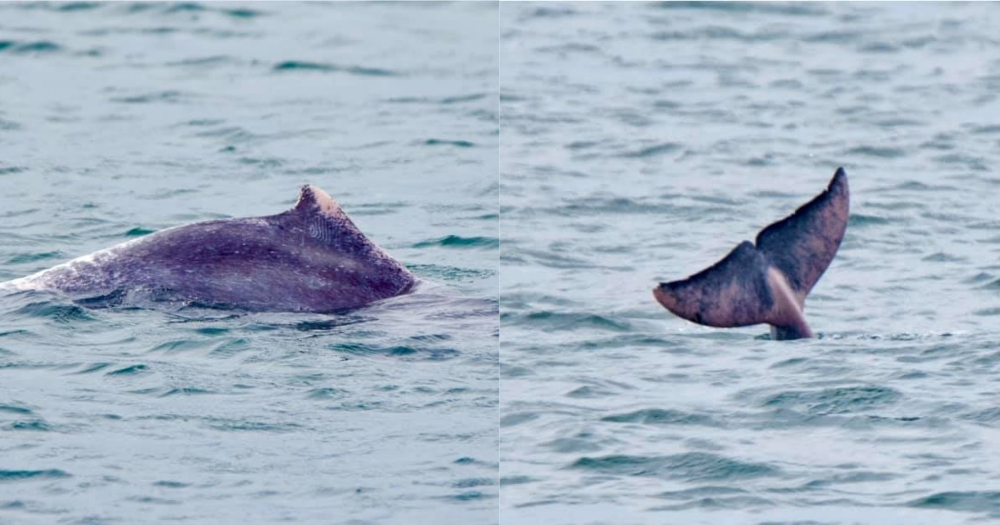Singapore is typically known as an urban jungle.
But the truth is, there is an impressive amount of wildlife living on and off this island with us humans.
Their presence adds colours to our city life which would otherwise be pretty mundane.
Dolphin sighted in southern waters
Following the surprise appearance made by a macaque at Marina Bay, one dolphin has been sighted in the southern waters of Singapore.
The rare sighting of an Indo-Pacific humpbacked dolphin (Sousa chinensis), also known as a pink dolphin, was shared by the chair of the Friends of Marine Park community, Stephen Beng.
Indo-Pacific Humpback #Dolphin rolls up close to the beach today. #Singapore #biodiversity #SistersIslandsMarinePark pic.twitter.com/qzA1liZACW
— Stephen Beng (@StephenBengSL) October 12, 2020
In his Facebook post on Oct. 14, Beng also shared that the dolphin swam pretty close to the beach.
There were several users at the marine park for both recreational and conservation reasons such as boaters, kayakers and researchers.
The sighting of a locally endangered animal like the Indo-Pacific Humpbacked dolphin showed the importance of balancing the needs of various users while ensuring the safety of the wildlife living in the sea.
This is why Beng said that it is important to also engage recreational users at nature sites in conservation efforts.
More about Indo-Pacific humpbacked dolphin
The Indo-Pacific humpbacked dolphins have been sighted from time to time in Singapore waters.
They are shy animals which will stay away from boats.
They are usually in small school sizes, usually between three to eight individuals, according to Wiki.nus.
The sighting of dolphins in urbanised Singapore could be an indication of good water quality, according to Wild Singapore.
Indo-Pacific humpbacked dolphins are locally endangered, according to the Red List of threatened animals in Singapore.
It is classified as "Vulnerable" by the International Union for Conservation of Nature (IUCN).
The dolphins are threatened by water pollution, loss of habitats as well as drowning as a result of being trapped by abandoned fishing nets and lines.
Their population is decreasing.
Totally unrelated but follow and listen to our podcast here
Top photos by Stephen Beng
If you like what you read, follow us on Facebook, Instagram, Twitter and Telegram to get the latest updates.
